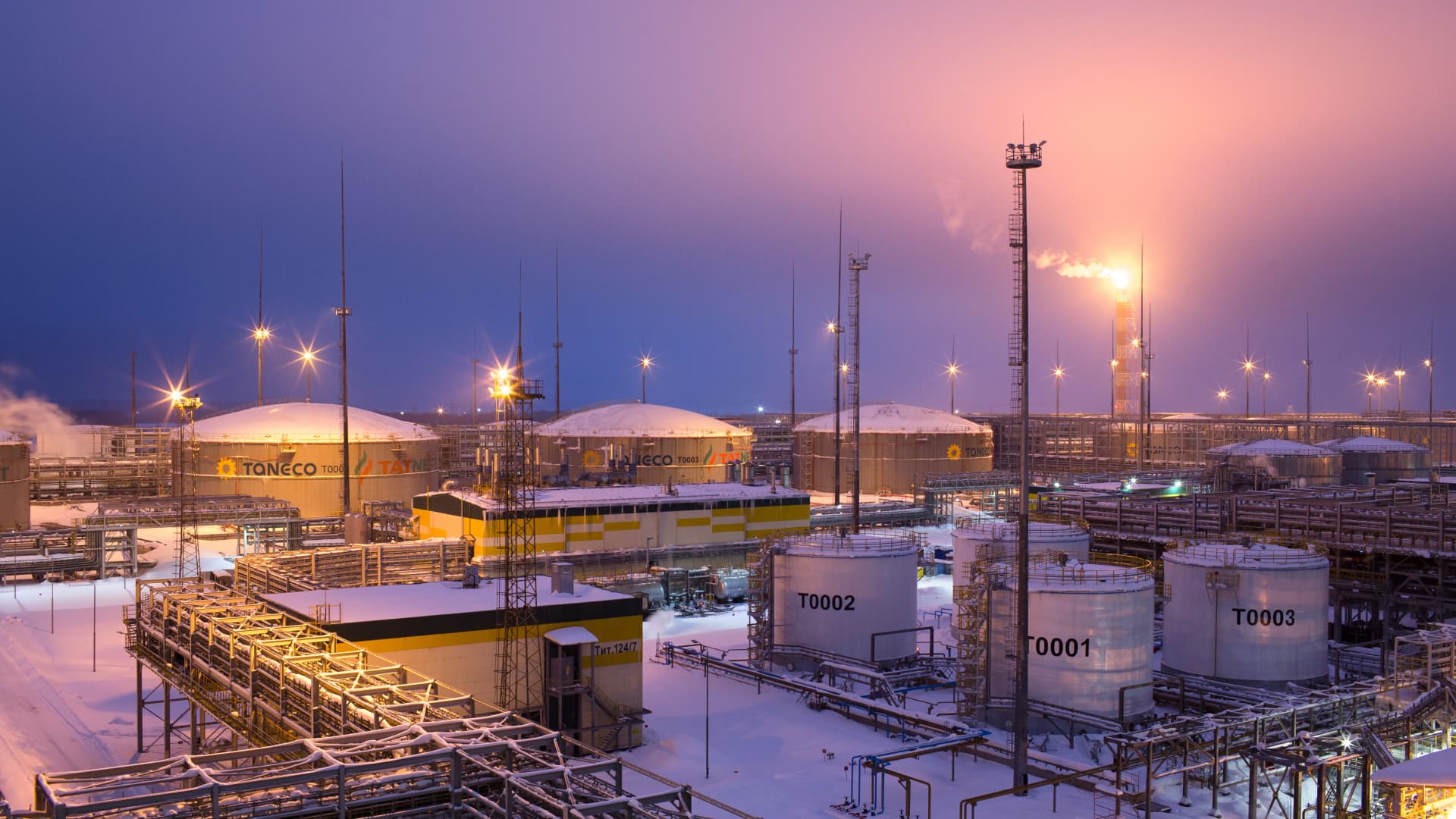Oil prices on Tuesday rose to their highest level since October as investors closely monitored fresh supply threats amid an escalating conflict in the Middle East and a Ukrainian drone strike on a major Russian oil refinery.
International benchmark Brent crude futures for June delivery traded at $88.58 per barrel at 1:15 p.m. London time, up $1.2 per barrel from the previous session. U.S. West Texas Intermediate (WTI) futures with May expiry stood at $84.97 per barrel, roughly $1.3 per barrel higher.
Brent prices haven’t closed above $90 per barrel since Oct. 27 last year.
Brent futures have largely been trading in a narrow interval between $75 to $85 per barrel since the start of the year, but heightened geopolitical risk and robust economic data appear to have prompted a move higher.
“The new week, the new month and the new quarter was greeted with escalating tension in the Middle East with indirect Iranian involvement,” Tamas Varga, analyst at oil broker PVM, said in a research note published Tuesday.
OPEC member Iran has blamed Israel for a deadly Monday air strike on its consulate in the Syrian capital of Damascus that reportedly killed seven of its officers.
Tehran on Tuesday pledged to take revenge for the attack, which was seen as a major escalation in the Israel-Hamas war. Israel has not declared responsibility and a government spokesperson said they would not comment on foreign media reports, according to Sky News.
PVM’s Varga warned that the potential for direct Iranian involvement in the Israel-Hamas war could spark a “region-wide conflict with plausible impact on oil supply.”
Ukraine on Tuesday struck one of Russia’s largest oil refineries with a drone attack on the highly industrialized Tatarstan region southeast of Moscow, around 1,300 kilometers (800 miles) from the front lines of the conflict.
Tatarstan’s head Rustam Minnikhanov in a Google-translated post on Telegram that industrial locations had been targeted by drones in the towns of Nizhnekamsk and Yelabuga.
“There is no serious damage, the technological process of the enterprises is not disrupted,” Minnikhanov said.
Russia — an influential member of the Organization of the Petroleum Exporting Countries and its allies, collectively known as OPEC+ — has been hit by a flurry of Ukrainian drone strikes in recent months and has sought to escalate its own attacks on Ukraine’s energy infrastructure.
— CNBC’s Elliot Smith contributed to this report.
